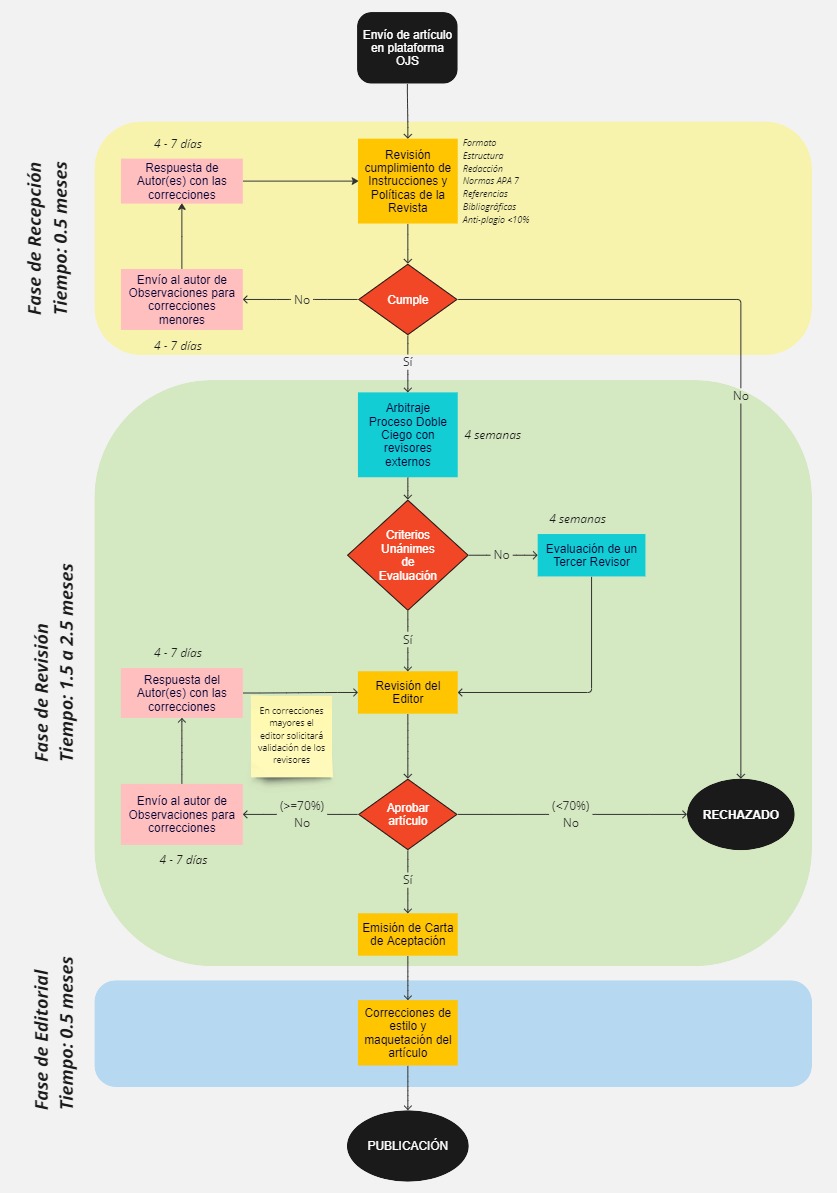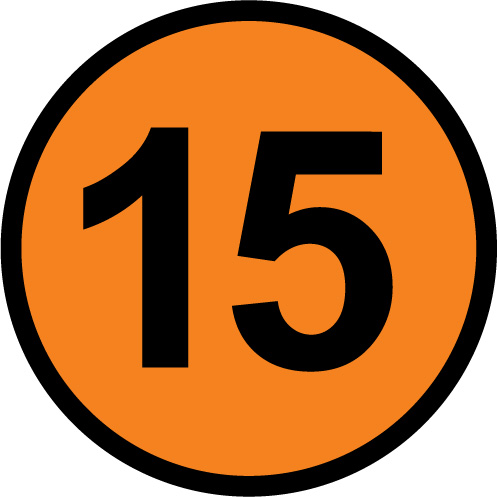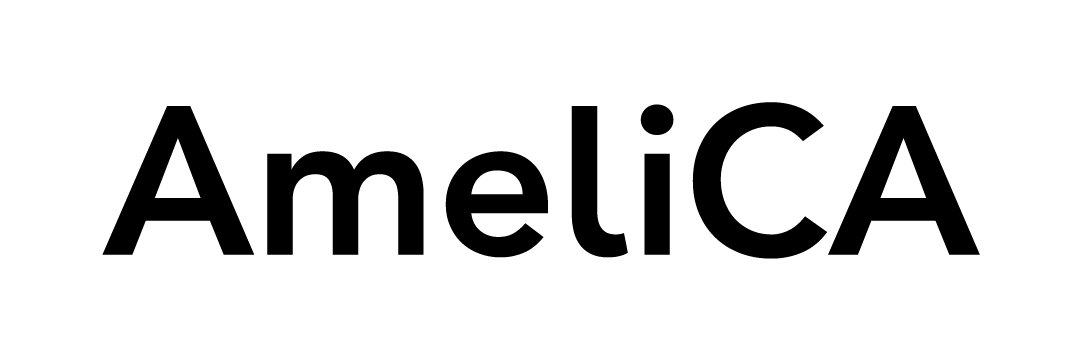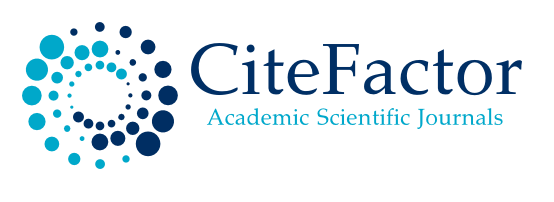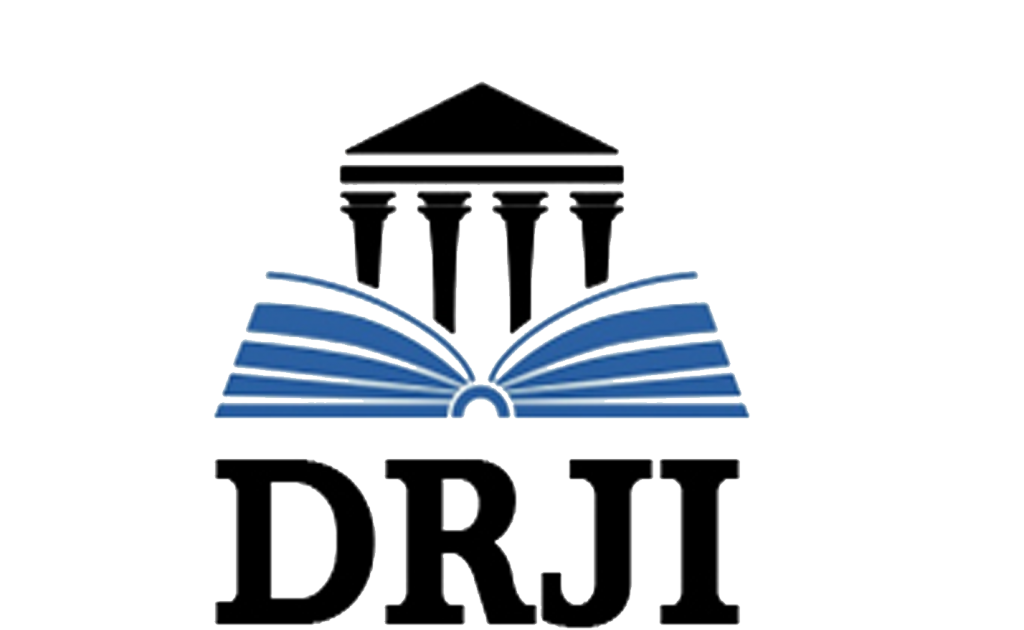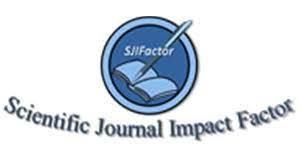Review Process
Dear Authors:
We are pleased that you are considering the Revista Universidad de Guayaquil for the publication of your research. To ensure a transparent and efficient process, we detail the stages of our editorial review process below.
1. Manuscript Submission (0.25 months)
Once your manuscript is received, a preliminary evaluation will be conducted to verify compliance with submission guidelines and relevance to the journal's focus and scope. This process takes approximately 7 days. During this phase:
- The structure of the article will be reviewed.
- The originality of the content will be checked using plagiarism detection tools.
- The relevance of the topic to our audience will be assessed.
2. Assignment of Reviewers (0.25 months)
After the initial approval, reviewers who are experts in the subject area of your article will be assigned. This process also takes approximately 7 days. Reviewers are selected based on their knowledge and experience in the specific area of the manuscript.
3. Phases and Deadlines of the Review Process (1.5 - 2.5 months)
Communication between reviewers and the editorial team is conducted through the journal's website to maintain a digital record of all events during the process.
-
Invitation to Reviewers: Upon receiving the editorial invitation in their email, each reviewer will have a maximum of 7 days to accept or decline the review request. This request includes the title and abstract of the manuscript, along with the review schedule. Only upon acceptance will the link to the full text of the manuscript to be reviewed, as well as the pertinent review form, be activated.
-
Manuscript Review: Reviewers will submit their report and recommendations within 4 weeks (28 days) from the date of the request. In addition to completing the review form, reviewers may attach a document with their annotations or comments.
-
Evaluation and Recommendations: The recommendation made by the reviewer must be consistent with the observations in their qualitative evaluation and/or numerical score. In the event of significant discrepancies between the recommendations of the reviewers, a third opinion may be requested.
-
Second Round of Review (if applicable): If, based on the recommendations of both reviewers, the editorial decision is to subject the manuscript to a second round of peer review, this will be conducted by the same reviewers who conducted the first evaluation.
4. Author Revisions
Upon receiving the reviewers' recommendations, authors will have a period of 15 days to make the necessary corrections to the manuscript. Corrections must be submitted through the journal's portal.
5. Editing and Publication (0.5 months)
Once the manuscript is accepted, it enters the final editing phase, which includes:
- Style and format correction.
- Final composition and design of the article.
- Preparation of the galley proofs for final review by the authors.
This process takes approximately two weeks. After the authors approve the galley proofs, the article will be scheduled for publication in the next issue of the journal.
Communication and Follow-Up
We are committed to maintaining constant communication with the authors throughout the process. You can check the status of your manuscript at any time through our editorial management system.
Editorial Review Process Flow (Double Blind)
